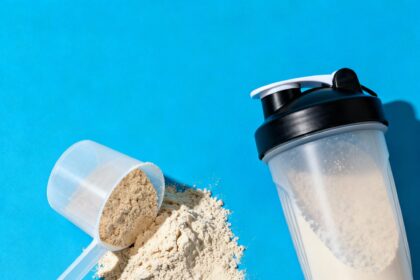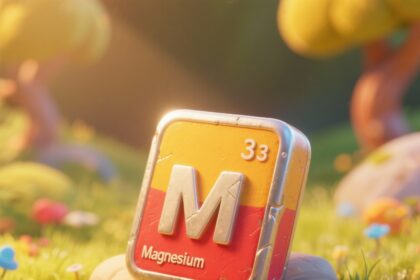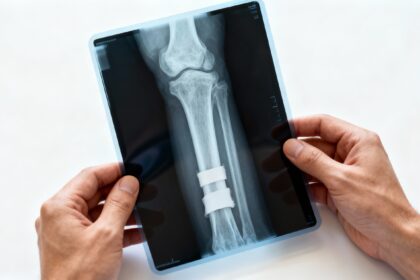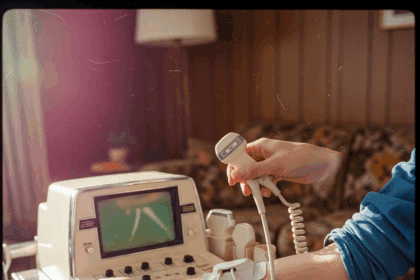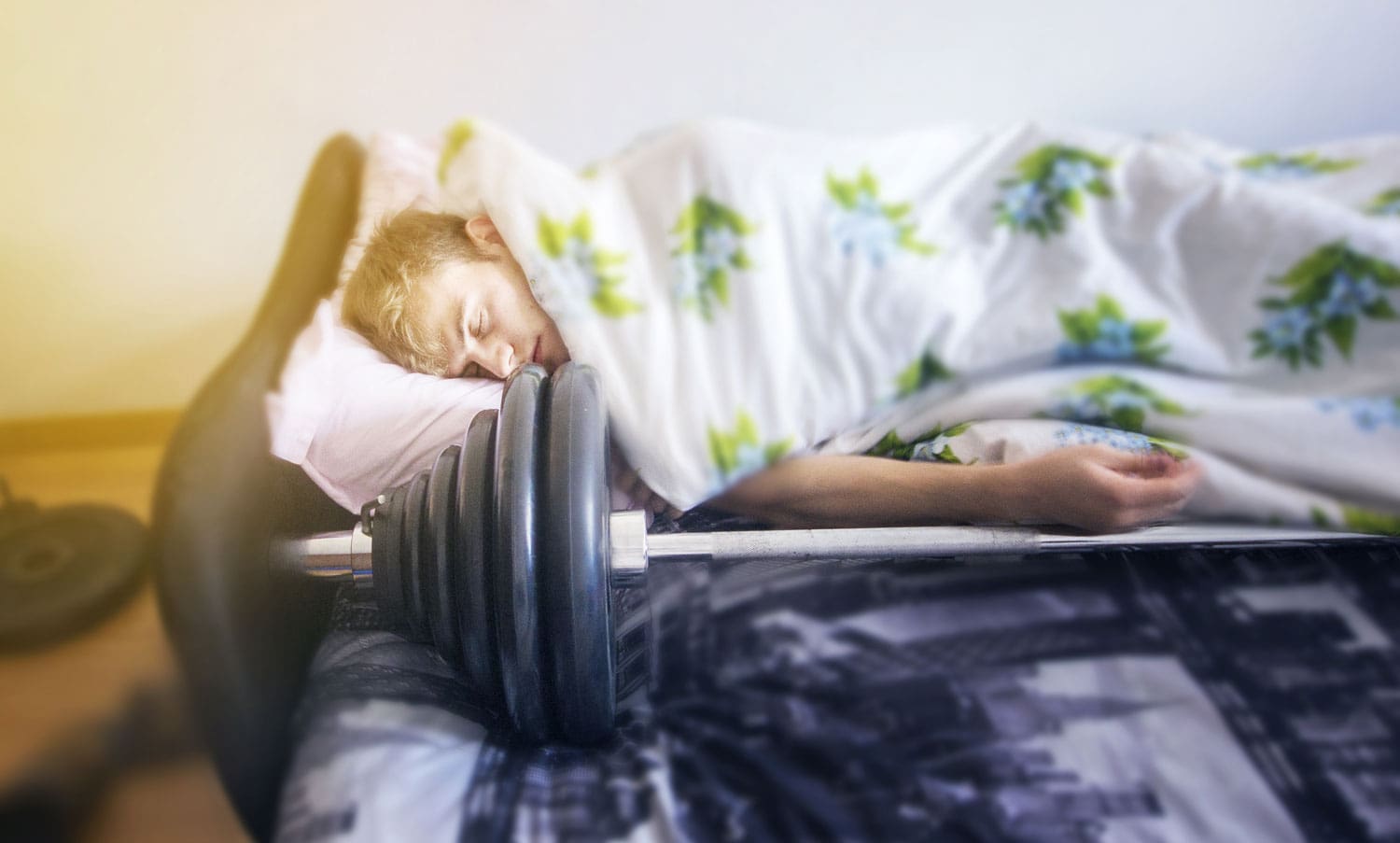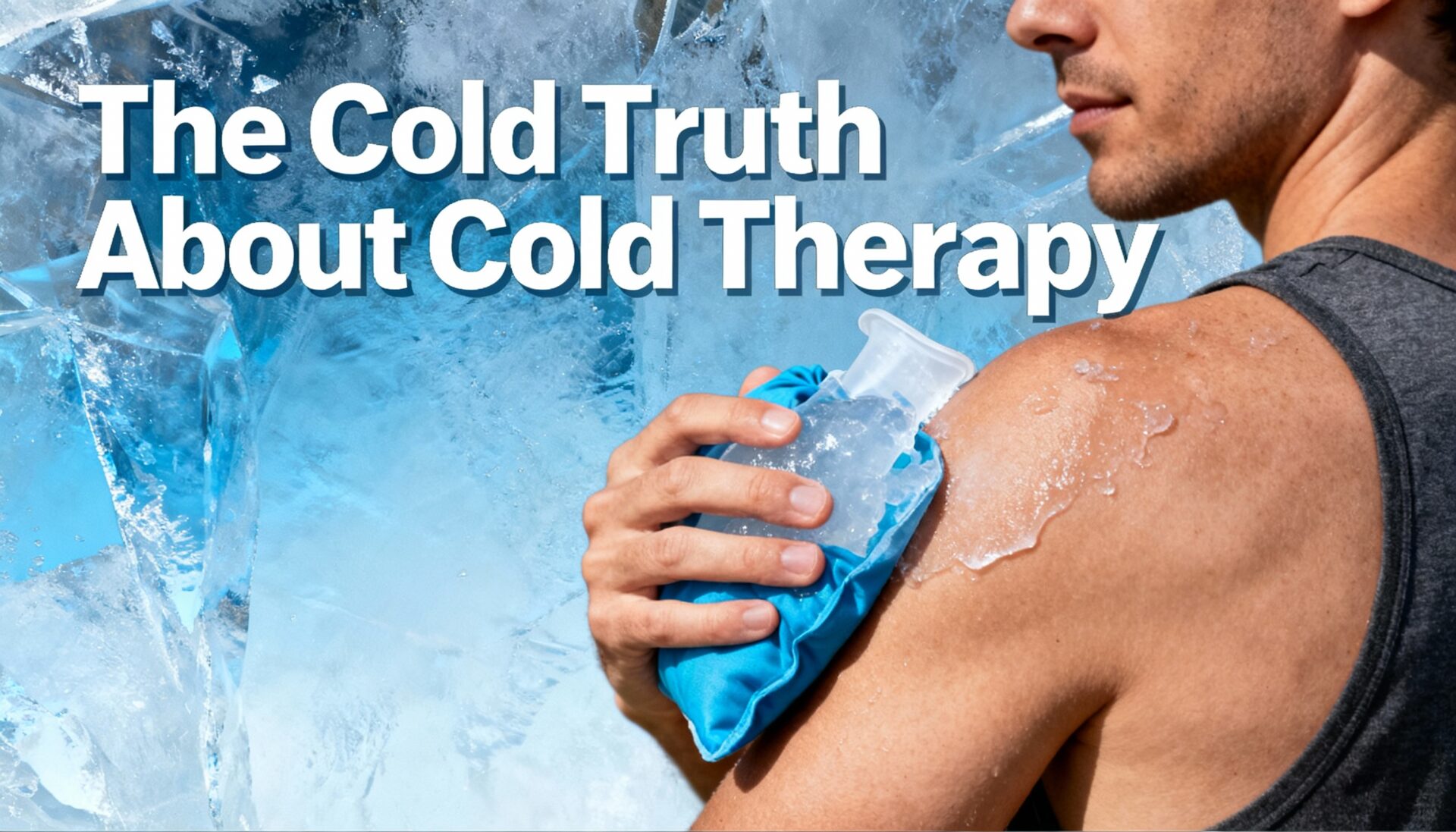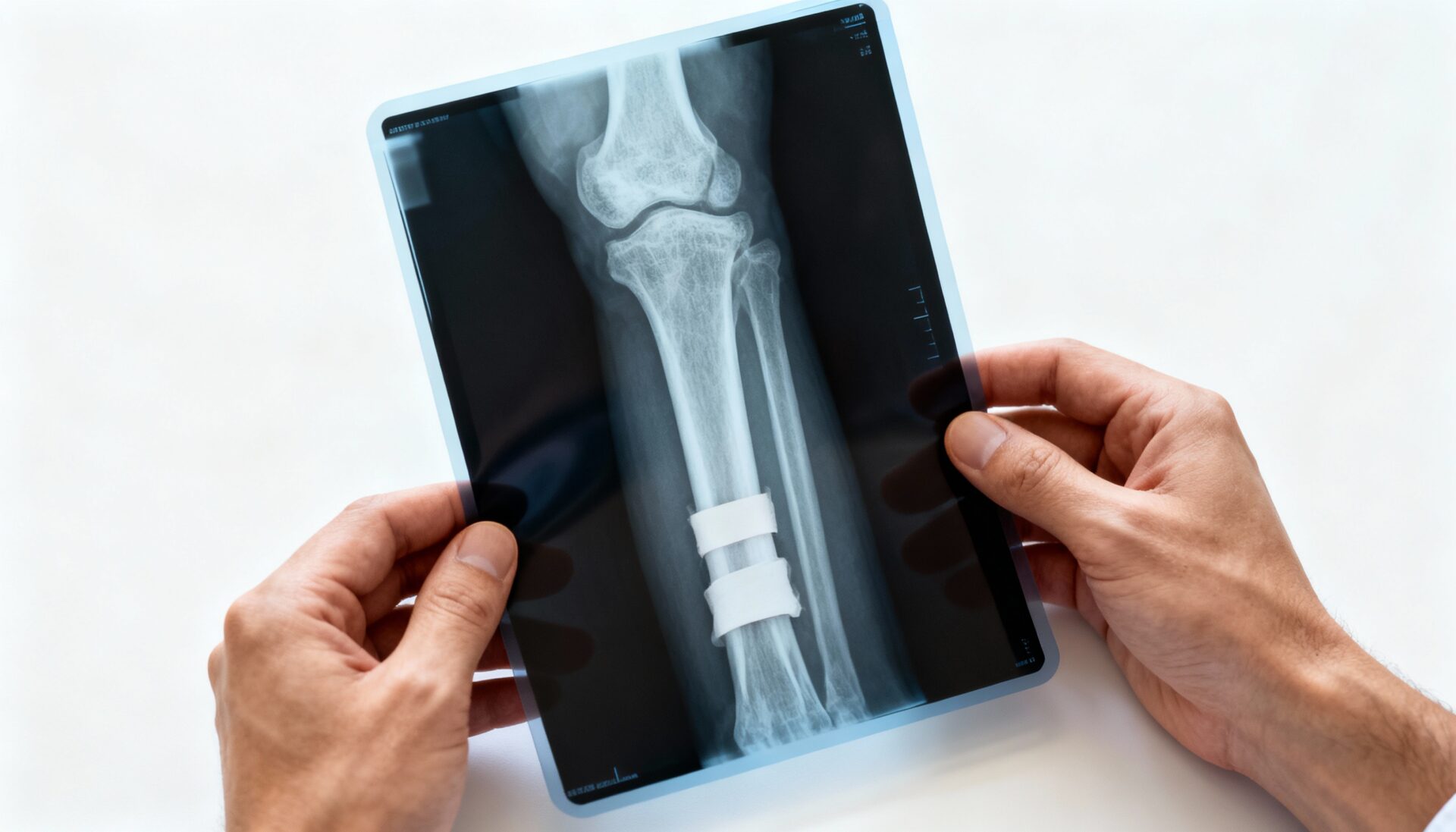By Muscle Media
Doesn’t water suggest life? Since the dawn of time, water has possessed an overflow of revitalizing healing properties. Water cleanses, purifies, soothes. In more medical terms it eliminates inflammation and infection. Helping healing better, and more cheaply, than many of our chemically advanced concoctions, the simple molecule does so much more. It may be futile to ask why – just how. In hydrotherapy or aquatic physical therapy, patients are gently immersed in warm water. This form of underwater therapy aims to assist patients to overcome conditions. Conditions where movement is limited because of paralysis or pain, or where the patient’s muscles have been weakened due to injury or illness. Water immersion allows patients to exercise painlessly, even pleasurably, aiding a hasty recovery from a wide variety of conditions.
Treatment
Aquatic physical therapy has been used for decades. It is an integral part of treatment for severe arthritis or post knee or hip surgery. Fibromyalgia or rheumatic syndrome, a condition characterized by body aches, pain, sleep disturbances, fatigue, and anxiety, combined with tenderness and whose cause is unknown, is also healed by aquatic physical therapy. Ankylosing Spondylitis, a form of arthritis where the spinal vertebrae become progressively inflamed and the spine eventually becomes fused, making movement very limited, also benefits from the hydro treatment. Even in some serious neurological conditions, the aquatic physical therapy can increase mobility as well as the power in the muscles by allowing movement in muscles normally unable to move. Though it cannot help the illness, aquatic physical therapy can also help to re-instruct muscles to get over damage from stroke or accidents.
Limitations
Regrettably, aquatic therapy still has its share of limitations. Pure water therapy cannot help patients who are incontinent for hygiene reasons, as well as those with skin conditions or allergies to chlorine. And it is unsuitable for people who have high blood pressure as hydrotherapy raises the blood pressure.
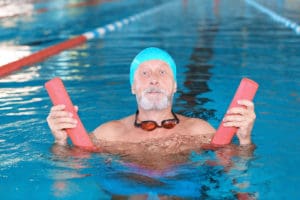 Nonetheless, hydro/aquatic physical therapy especially helps therapists help their patients because being immersed in warm water makes the buoyant movement much easier as the water lifts the limbs, improving joint movement and getting the joints working effectively again, in contrast to painful movement against gravity.
Nonetheless, hydro/aquatic physical therapy especially helps therapists help their patients because being immersed in warm water makes the buoyant movement much easier as the water lifts the limbs, improving joint movement and getting the joints working effectively again, in contrast to painful movement against gravity.
Objectives
The qualified aqua therapist has three primary objectives in performing therapy in warm water for his patients. The objectives are to abolish gravity, allow the body to float and amplify the power in the muscles. Also to provide greater movement of a specific limb or joint. Also to conduct gentle exercises because of its effective resistance to movement. The water’s warmth and healing powers relaxes the muscles and eases pain. And to look at it simply, hydrotherapy is just an underwater exercise.






